
We are in a state of panic now, can’t believe this? Then what about the Amazon fires, Australian Fires, Melting of the glaciers, and seeing every year as a testament of the havoc that climate change has created on us, by us.
We have taken environmental negligence up to a point of exhaustion and eventual extinction. Climate change is real and it is happening. So, what can we do on our part? Center for Sustainable systems says that “an average household in the US gives out 48 metric tons of CO2 e per year.” These numbers are only growing day by day. Our homes account for making some of the largest carbon footprints on this planet. It is due to the way our homes function, they are a service-based set-up that needs external sources for its primary functions. Now, could we exchange those polluting services with sustainable and eco-friendly methods?

Environmentally friendly homes are not a fleeting fad for environmental enthusiasts but they are an important resource that needs its due attention. By understanding its endless benefits contractors, designers and the user group have realized the importance of having an eco-friendly house from every perspective. The core reason behind homeowners being attracted to eco-friendly elements is due to the high resale value these houses offer in the market. A sustainable home is a trend in today’s time.While designers and brands make their efforts in keeping sustainable stylish as well as functional, the demand is only increasing day by day.
Reasons You Should Use Sustainable Homes
Here are some of the reasons why our homes need to be sustainable from a user’s perspective:-
01. Sustainable Homes Provide Better Longevity and Strength:
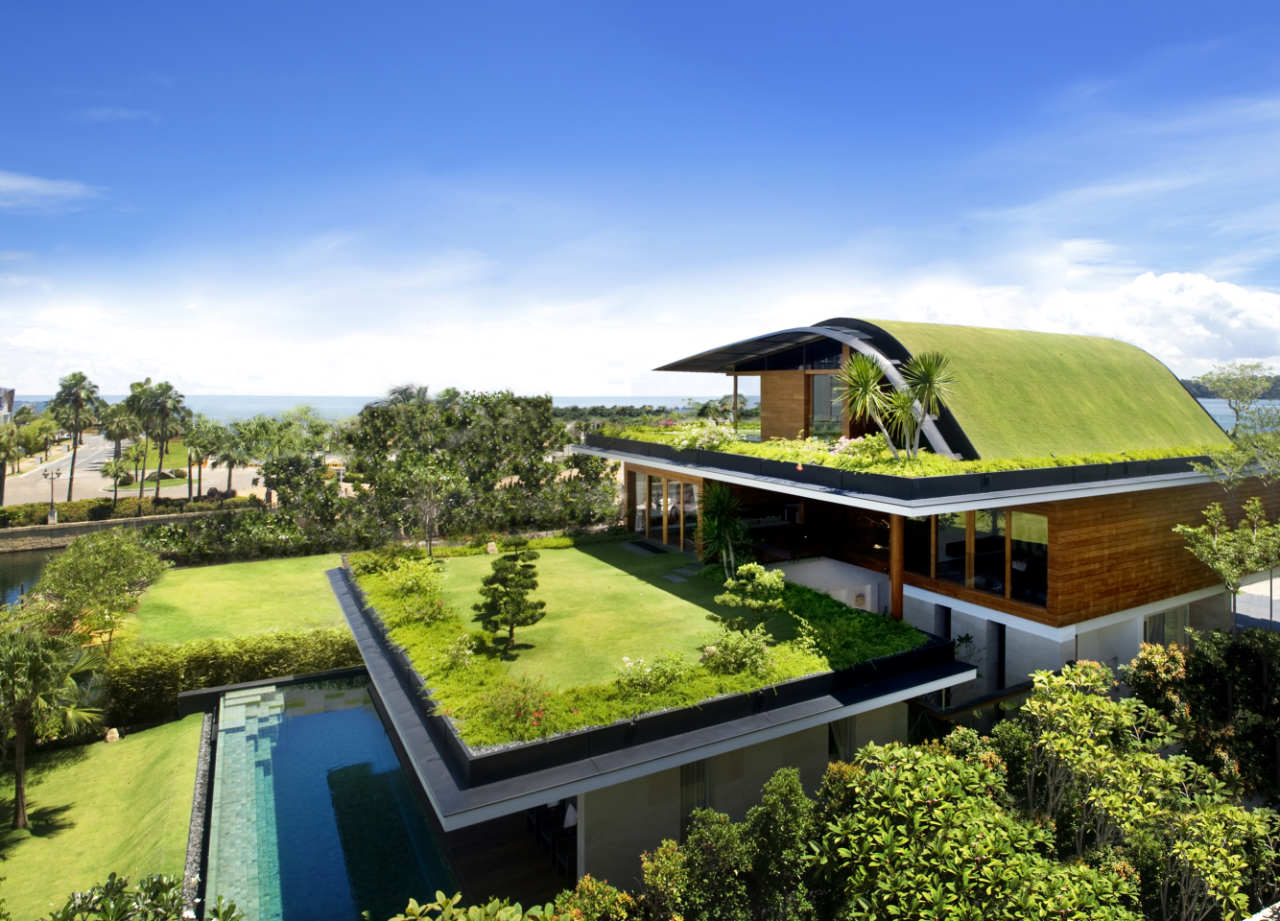
Eco-friendly materials tend to be more durable than any other materials as they are built from natural materials. Reclaimed wood is one such material that has been widely used for its natural look and finishes while being a highly resourceful material. Even recycled steel beams help in making the house much stronger and earthquake-proof. An added advantage of eco-friendly materials is that the chances of rot or termite damage are very low.
02. Air Quality:
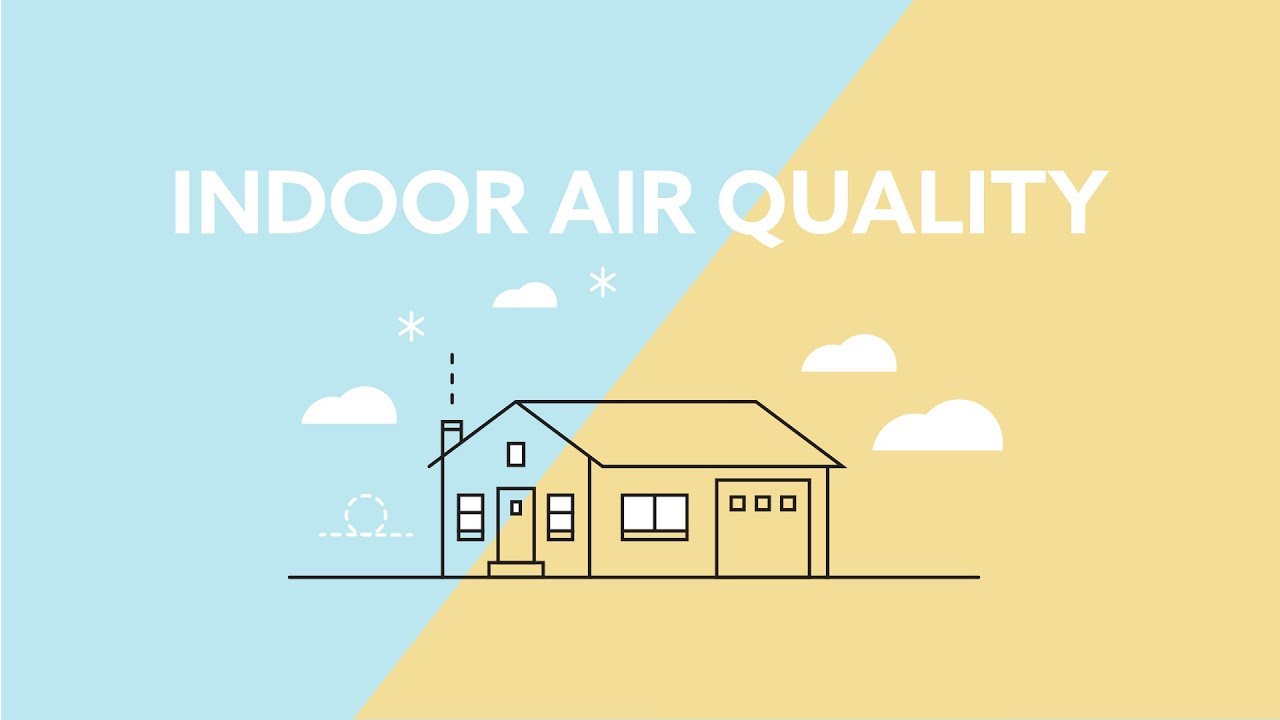
Built materials tend to leave out toxic gases into the air that can harm a user’s health by a large margin. Basic home decor materials like carpets, paints, upholstery, etc can release toxins into the air. In times of COVID-19, it becomes utmost necessary to ensure materials with low VOC (Volatile Organic Compound). Eco-friendly materials naturally have a low VOC making your homes safer.
03. Affordable Building Cost:
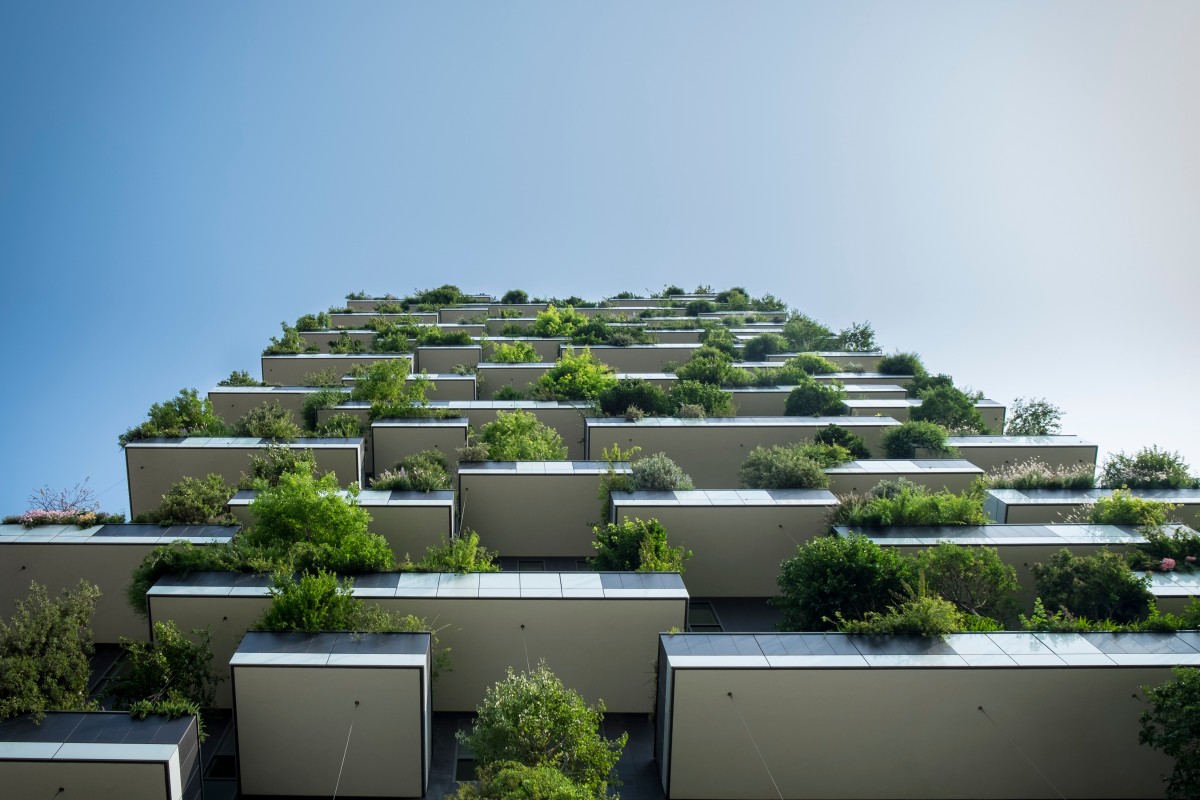
Eco-friendly materials are known to be affordable. The fact that they are made up of recycled and sustainable materials which tend to be affordable. This makes them a great investment. Some of the examples of sustainable materials are bamboo, recycled doors, cork surfaces, teak, etc.
04. Sustainable Homes can Increase Property Value:
As green buildings work in collaboration with newer and smarter technology like using energy-efficient lighting fixtures, water and waste management, etc. their use of non-renewable resources gets reduced by a considerable amount. Homes that incorporate these aspects have a higher resale value in the market due to their sustainable attributes.
05. Water Conservation:
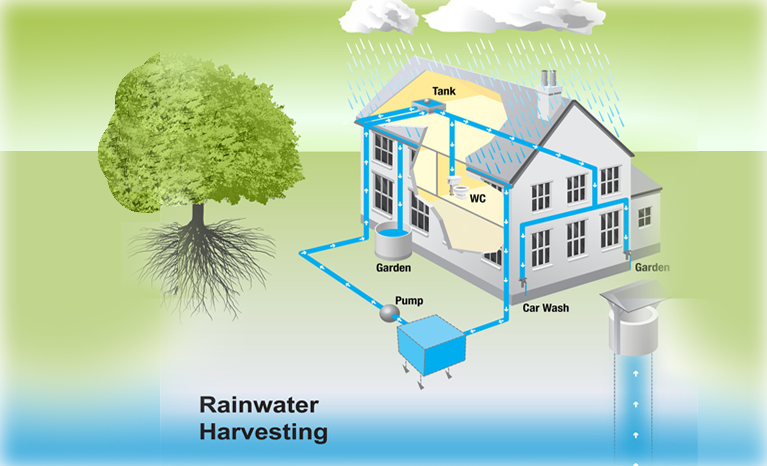
Water conservation is paramount these days. Better water management can be achieved through efficient methods like rainwater harvesting, recycling water for irrigation, and dual flushing systems. Since green buildings have these methods as prerequisites to be certified, naturally your habitability in a green building assures you that water is conservatively used.
06. Eco-friendly home Saves Money On Utilities:
Who doesn’t like paying fewer utility bills?
Well, staying in an efficient home would be just that. Also, these kinds of investments later end up paying themselves in the long run. An eco-friendly home is therefore an asset to go for.
07. Aesthetic Design of Sustainable Homes:
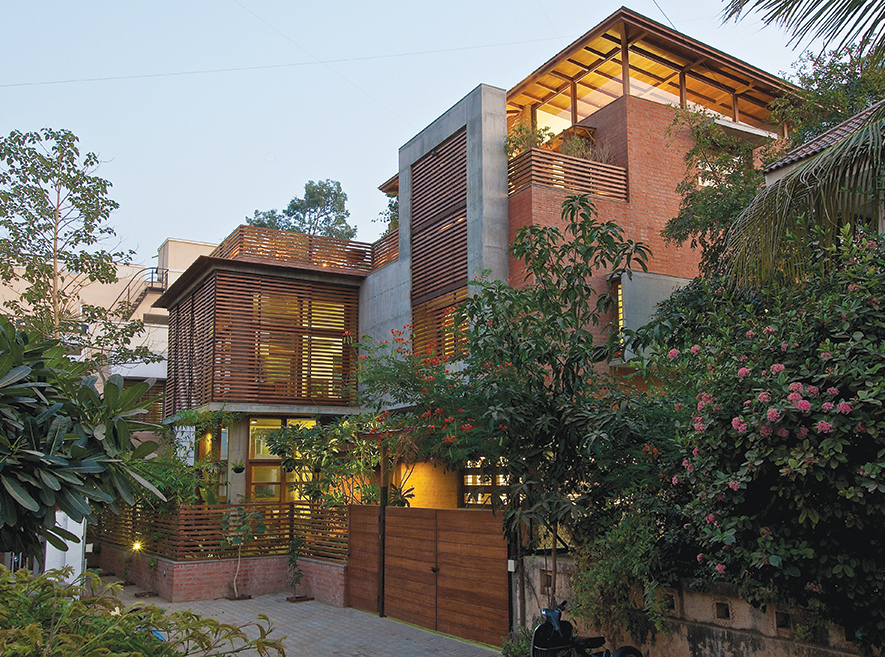
Sustainability is efficient as well as aesthetic as it uses natural materials to create interesting spaces. Tiles that are made from coconut shells, recycled materials, teak wood, cork, etc. can create a dynamic spatial experience due to their natural look and finish.
08. Sustainable Materials Assist in Emergencies:
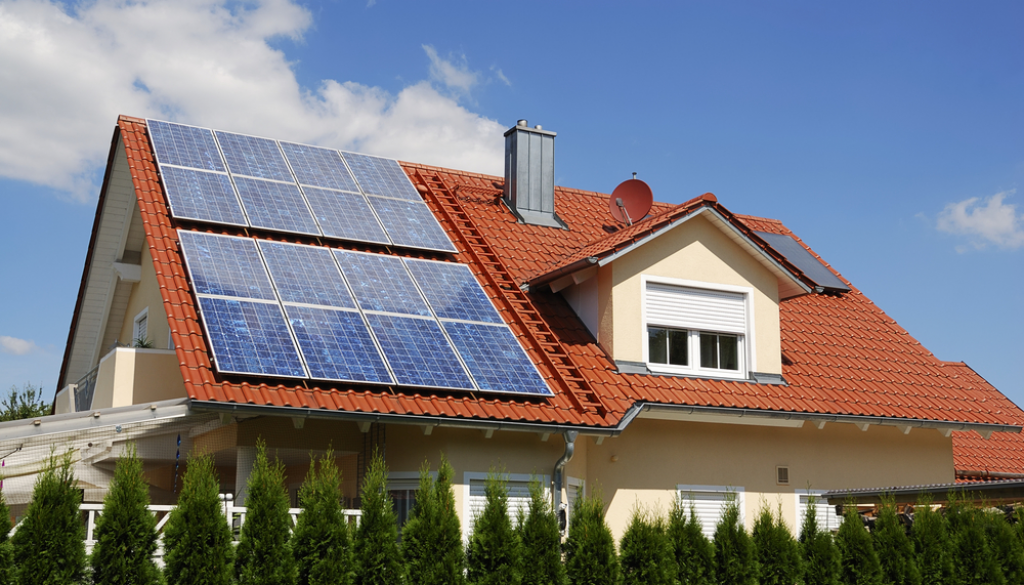
Eco-friendly methods have a dependency on natural environments; therefore, in areas where lack of electricity and blackouts are a regular pattern, solar panels can help. You can also store this energy in an inverter /battery to be used later on. Solar panels are also available in various sizes to fit all the requirements.
Therefore, eco-friendly materials are an asset to have during an emergency.
09. Sustainable Homes are Better for nature:
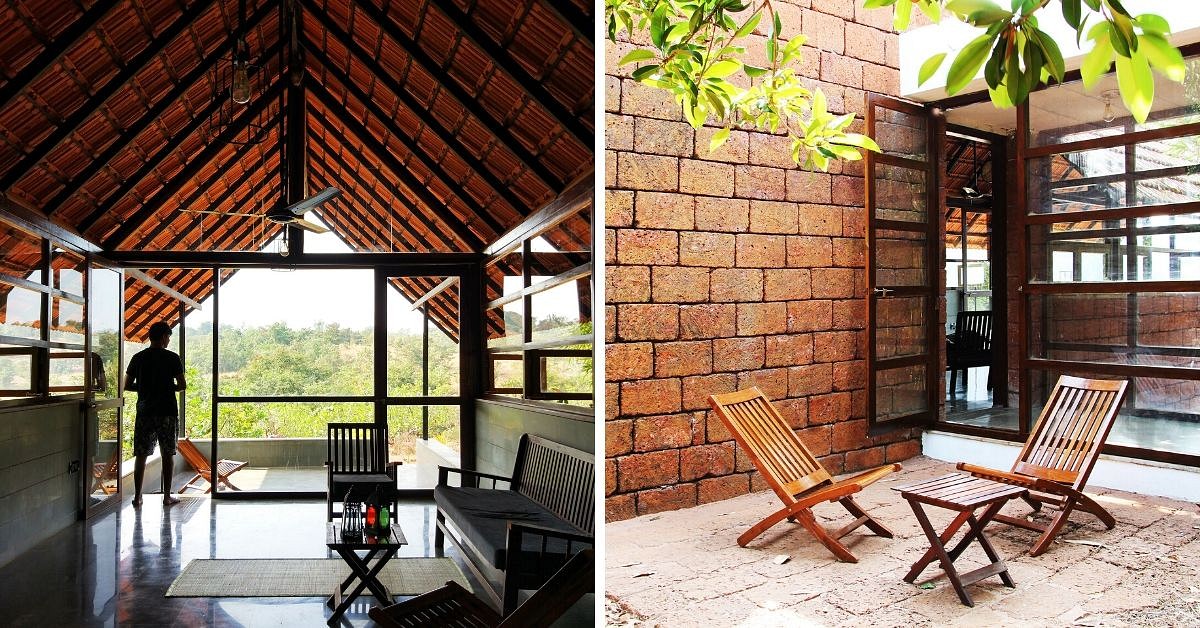
An eco-friendly home helps in protecting the environment during the making process as well as in the long run. The entire point behind using these materials is that they will produce fewer toxins and thus, helping the environment to stay green.
10. Induces progressive thoughts:
The sustainable and eco-friendly products market is never going to go out of style, it is here to stay. This is the pattern the future is heading. With MNCs like Google, Microsoft, Nike, Starbucks, etc. hiring third-party organizations to turn themselves into a zero-carbon company, it becomes a staple now that sustainability is here to stay!
Do you really want to take a deep dive into sustainable architecture? Here we have a detailed blog published on it:
Trends in Sustainable Home Design
The growing popularity of sustainable homes is a testament to many notable trends that are emerging in the field of green design. Homeowners, builders as well as contractors experience spoke of the amazon benefits of a green home which cannot be compared to a traditionally built structure. From prefabricated homes to statement windows, from living walls to recycled materials, here are some of the trends in sustainable home design that will never go out of style!
1. Cargotecture:

Using recycled shipping containers is a sustainable trend that has been adopted by many designers for a wide range of structures. These containers provide the excellent benefit of being extremely durable and cost-saving.
These homes are secure while being overly sustainable while having the capability to be relocated.
These materials are mainly useful for building post a disaster or for community centers, etc. Architects, designers, and homeowners are exploring this material’s versatility to create one-of-a-kind pieces in the form of cabins to high rises and apartment buildings.
If you want to understand in detail about shipping container homes, here we have a detailed blog on it:
2. Pre-Fabrication:

A prefab home is built offsite and then shipped in parts to get assembled on site. These homes are affordable and have plenty of benefits, making them a popular trend in today’s time.
Prefab homes are efficient in their production process and are accurate, which makes them create less wastage. This in turn reduces the building cost. Their precision in engineering is also reflected in making them more durable as well as quick to construct. Since they are produced repetitively through machine engineering, their production process also takes less time than traditionally built structures.
If you want to know more about other affordable housing, here’s to know:
3. Green Certified Homes:
One of the core reasons for the rising number of green buildings is the various green certifications and standards available.
LEED : Leadership in Energy and Environmental Design or LEED is one of the most widely used thor-part verification for green buildings. It works for all types of building forms like corporate, residential institutional, etc. It is a point-based certification divided into various parts like energy efficiency, water management, waste management, landscaping, etc.
GRIHA : Green Rating for Integrated Habitat Assessment or GRIHA Council is a non-profit independent society to promote and administer green buildings especially in India.
PASSIVHAUS : Passive House or PASSIVHAUS is one of the fastest-growing energy performance standards in the world. Their standards are in the basics of building a house with excellent thermal performance and air tightness with mechanical ventilation. This in turn makes the designer minimize the heating demand in a building.
4. Tiny Homes:

Tiny homes have an average size of 100 – 190 sq. ft but they come with a massive amount of benefits. They are earth-friendly, efficient in nature as well as low cost. They are also mobile so that you can easily hitch it to a truck and carry it with you wherever you wish to. They cost a fraction of the price of building a traditional house while being built with 80 percent of recycled materials. The monthly bills are also restricted due to the less floor space in comparison to a traditional home. Also, if you opt for energy-efficient sources to run the home like solar panels, they will help make the home more flexible and adaptable to the surroundings it is set in.
In-case if you want to give your tiny homes a makeover, here we have some ideas for you:
5. Smart And Energy- Efficient Homes:
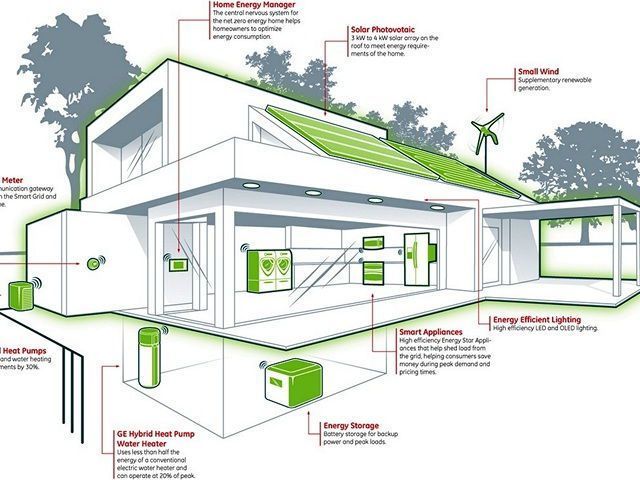
The American Institute of Architects or AIA has estimated that a larger dependency on sustainable and integrated design will give rise to many products that are also reflective of the external sustainable approach.
This has given rise to various green technology products that are making our homes ‘smart’.
From Smart Home Security systems with motion detectors and monitored elements to Smart Lighting, From Wi-Fi intercoms to weather alerts, etc. ‘SMART’ is here to stay and only upgrade.
6. Efficient Products And Non-toxic Material Palette:
A typical home is built with material that leaves out toxins that have a high VOC. Building with sustainable material means the toxin levels would be less or zero. Materials such as VOC Free paints, natural carpeting, non-toxic woods, reclaimed wood, etc. are good alternatives to go for.
7. Reclaimed, Recycled, Reused:
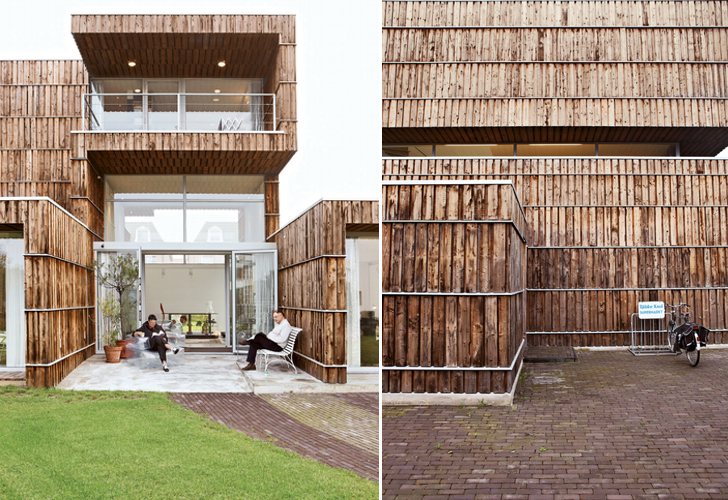
Giving a second life to materials can make them reusable while avoiding wastage as well. These days, designers and architects are trying to incorporate recycled or reclaimed materials in their projects be it exterior or interior. Reclaimed wood is one such notable material that has more than one benefit. It is air dried wood which is left after demolishing buildings built with virgin wood. Using reclaimed wood in interiors gives your space a unique flavor of personality. Additionally, it is stronger, which makes it an excellent building material. Recycled tiling and a mosaic, doors, insulation, wall materials, and even recycled steel beams can be recycled and reused. Recycled plastic bottles are also used by designers as eco bricks to reuse the material. It not only adds authenticity to the design but also helps the environment by reducing the biggest source of pollution.
8. Living Walls and Green Roofs:
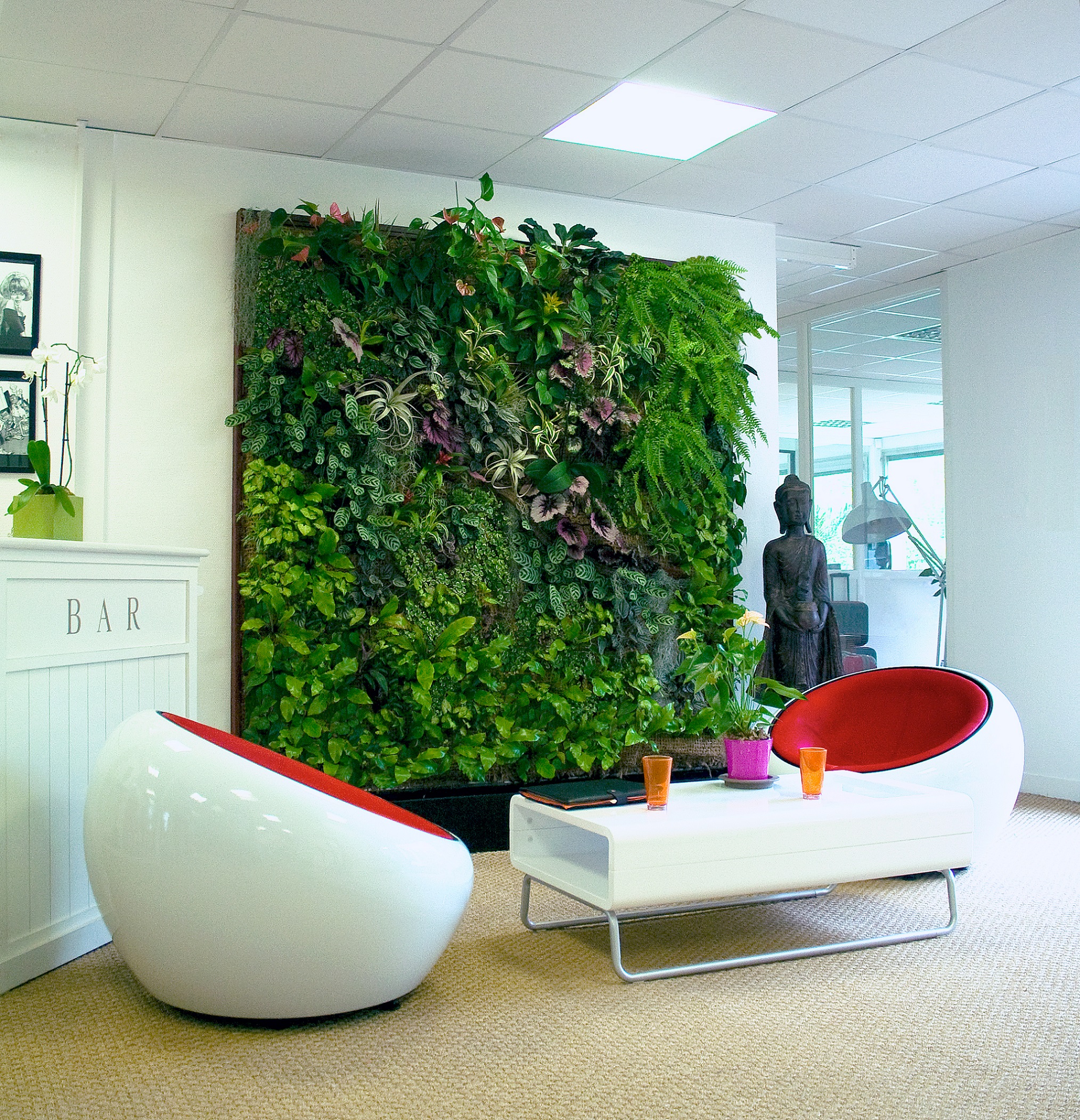
Plants are natural filters and are shown to improve indoor air quality sustainably. In this millennium, living greens are showing some fascinating designs that are trending in both residential as well as corporate spaces.
A green living roof is one such element that has a water-retaining layer and living vegetation that includes, shrubs, grasses, flowers, etc. They are highly efficient, green, and eco-friendly. A living wall or a green wall system is also another element that helps in growing vertically. They help in purifying the air and reducing the VOC while promoting health as well as hygiene.
Shopping and Sustainability
In recent years we have seen tons of innovation in the fields of sustainability, especially in the shopping sector. There are a large number of brands that are attacking sustainability on every single front. Brands who are trying to detoxify their supply chain or have signed up to Bangladesh Fire to make factories more safe and habitable. There is something for everyone.
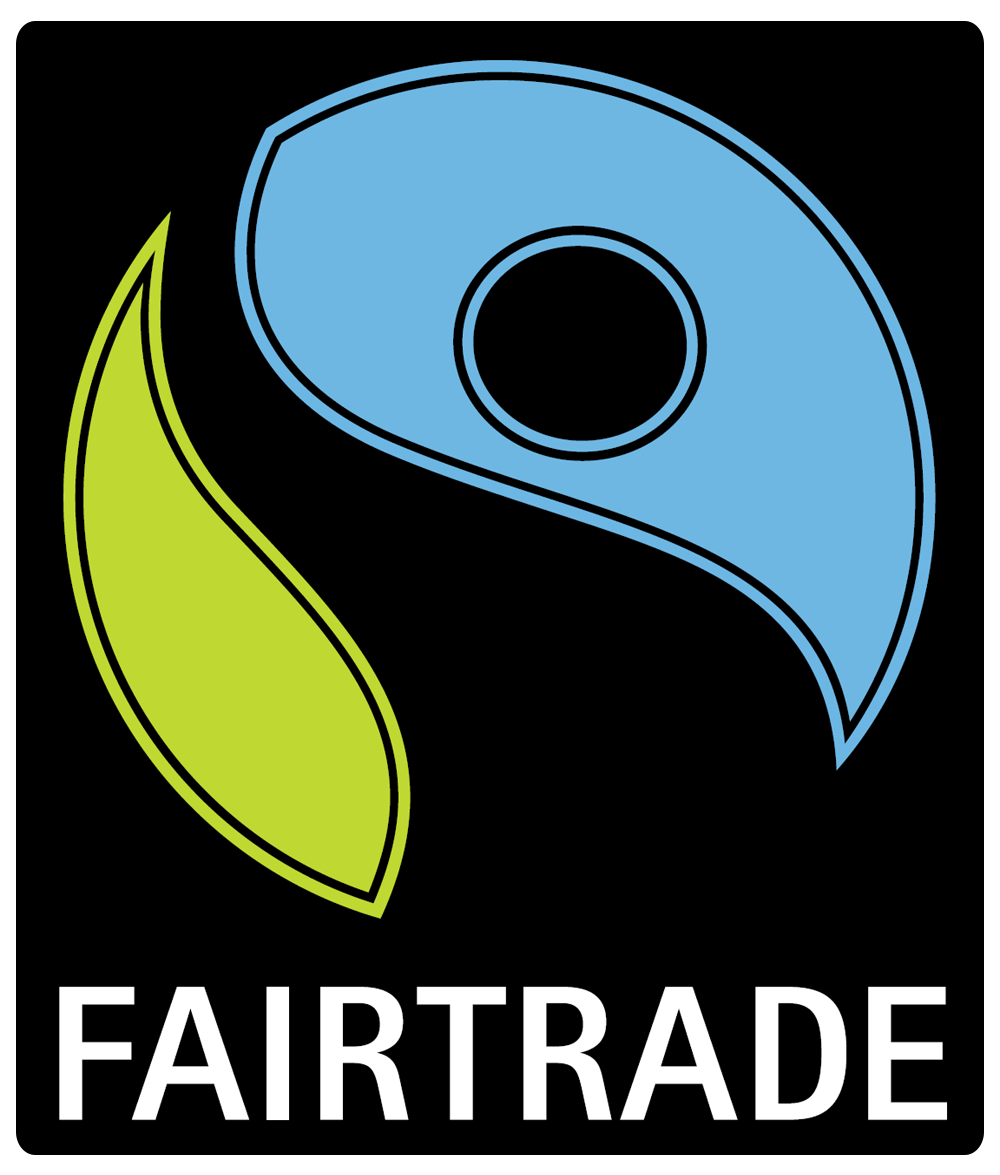
Although there are some guidelines which you need to keep in mind while shopping for ‘genuinely’ sustainable products. Fair Trademark is one such quality check you can look for while purchasing a product. This mark allows the use to ensure that the product they are purchasing is outsourced from a brand that believes in fair trade right from sustainable practices in their factories as well as the use of eco-friendly materials in their making. Even while using a basic construction material like the plywood you need to ensure that the raw materials for it are outsourced from sustainable forests, there are many thor part organizations in the market for the same.
Looking For Sustainable Brands To Ethically Make Good For Your Home Décor?

From stunning ceiling lights to ethically made rugs and carpet, sustainable products are available in a vast range of types and varieties. Here are some of the brands that you can go for while shopping sustainably.
Itemerie:
Category – Table linens, Dining products, Bar Goods
Known as a curated online marketplace, Itemerie sells quality products that are durable and last for the long run. All these items are crafted by local artisans and are made from responsible materials. These products are ethically made with all the quality checks.
Made Trade:
Category – Blankets, baskets, Curtains, Planters, Rugs, Pillows, Wall Décor
Made Trade has a wide range of variety in every range to make every product sustainable. They are inclusive of sustainable methods, Fair Trade, Vegan goods, etc.
Parachute:
Category – Pillows, throws, Rugs
A home goods brand, Parachute has a collection of decor items that are crafted both for style as well as comfort. All of their products are handmade by artisans.
The Citizenry:
Category – Vases, Mobile, Wall Hangings, Prints.
The team there personally travels each country to get their goods made so that they use the local materials and artisans while establishing sustainable relationships. They provide more reasonable prices than traditional boutiques as well.
West Elm:
Categories – Pillows, Vases, Throws, Frames.
It is considered as a leader in sustainable and ethical goods. They were one of the first retailers to join the Fair Trade USA in 2014. Their materials are FSC Certified and recycled.
The Future of Sustainable Homes
Sustainability has seeped in the mindset of designers as well as users; in all aspects from external to internal, from facade design to home décor, every single domain has a green option available. And not just green, these options are also aesthetically upscale to the generic home design elements.
Due to holistic uplifting, we can finally say that sustainability is trending and is here to stay! We hope you liked the detailed blog on trends in sustainable architecture. Likewise we have also written a detailed blog on eco friendly materials used in green buildings:
Image Courtesy: Image 14
Author Bio
Saili Sawantt – She is an Architect and Interior Designer by profession. Writing is what she treats as her passion. She has worked as an Architectural Writer, Editor, and Journalist for various design as well as digital portals, both national and international. Formerly she has also worked with Godrej Properties Limited (GPL) Design Studio, Mumbai, due to her keen interested in learning about Sustainability and Green buildings. Apart from this, she runs her blog ‘The Reader’s Express’ and is a practicing Architect & Interior Designer.



































